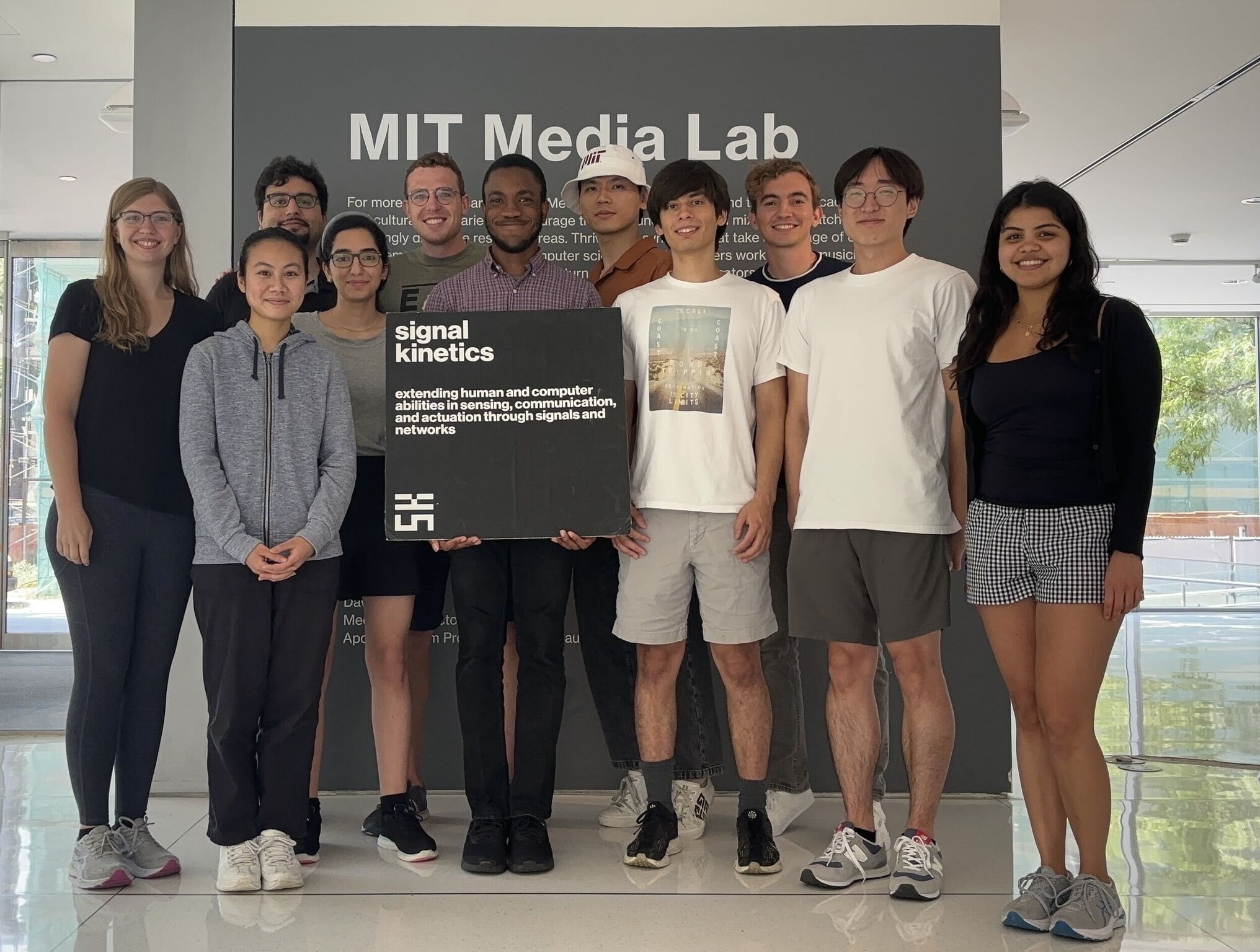OPTIMIZING THE CREATION OF A COMPUTER VISION DATASET
This work is part of the ongoing effort by MIT Media Lab’s Signal Kinetics group to develop a dataset for training computer vision models, enabling robots to improve their Non-Line of Sight (NLOS) capabilities. This dataset helps robots learn to navigate and interact in environments where direct visibility of an object is obstructed.
I investigated various methods, focusing on the implementation of the Precision Time Protocol (PTP), to enhance synchronization between a Universal Robot robotic arm and a Texas Instruments mmWave radar.
I also automated the control of mmWave Radar measurements, improving the reliability of the data collection process. Previously, the process relied on the radar’s user interface. Thanks to my efforts, initialization and measurement commands are now sent directly to the radar, enabling more efficient and consistent measurements.
What do the videos show?
The data collection process, especially an example of the Non-Line of Sight collection method. The dataset is built upon the YCB (Yale-CMU-Berkeley) Object and Model Set, a comprehensive collection of 3D models and associated physical object data, designed for research in robotics, particularly in object recognition, manipulation, and grasping tasks.


